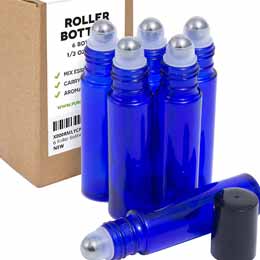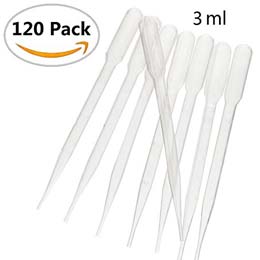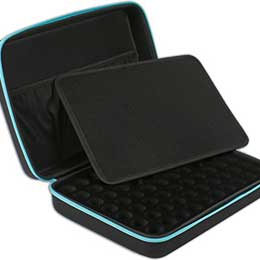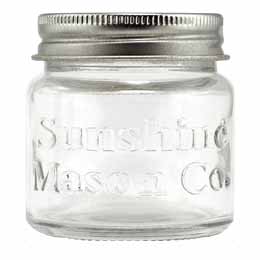How Can You Use Peppermint Essential Oil?
Peppermint essential oil has a very fresh and minty aroma. It is also considered one of the hot essential oils so it is recommended to perform a patch test. Many can use this oil neat in small quantities of one to a few drops, I happen to be one of those and I love, love, love this oil.
Peppermint is one of the oldest herbs for supporting normal digestion. It can help promote healthy intestinal functions and offer comfort for an upset stomach, nausea, pain relief and more.
I love the fresh, zippy scent and on mornings when I feel I need a little pick-me up, I make an energizing blend for my diffuser listed below.
Many of you may already know that peppermint has long been used to help an upset stomach. I’m one of those who keep peppermint in my purse for those nights when we are eating out and I might eat just a little too much. After dinner, I’ll pop a peppermint in my mouth to help settle my stomach and it does help.
Peppermint has many uses but how can you use the essential oil to help with indigestion?
Using Peppermint Essential Oil to Help with Upset Stomach
- Add 1 drop to herbal tea to help with minor digestion issues.
- Add 2 – 3 drops to a full glass of water to help with indigestion.
- Directly inhale, taking gentle sniffs, a little peppermint essential oil for minor upset stomach.
- Put about a nickel size drop of carrier oil on your stomach then add 1 drop peppermint essential oil and rub it on your abdomen to help soothe minor stomach discomforts. With what is left on your hand, cup your hands around your nose and inhale. You can also use the essential oil alone if you don’t happen to have a carrier oil and you passed the patch test.
- For the discomfort of a nauseous stomach, either directly inhale or place 2 – 4 drops on a handkerchief or cotton ball up to 3 times a day or as needed.
Use Peppermint Essential Oil to Improve Energy, Alertness and Concentration
- To a diffuser add 4 drops Peppermint Essential Oil and 4 drops Citrus Fresh or Orange Essential Oil. I will use this in the morning when I feel I need help getting ready in the morning. My diffuser has a setting to turn on and off every 30 seconds and this is something I do with this blend. I have my diffuser in a central location to all rooms and the peppermint quickly disperses to all of them. If you find the peppermint a little too much for you, just add 2 drops. But I love this recipe.
- Another way to help kick start your morning is to directly inhale the oil or use 1 – 2 drops in a little carrier oil then rub on the back and sides of your neck. The aroma stays with you for quite a while. I have used carrier oil that absorbs fairly quickly so I don’t look like I have a greasy neck when I get to work. You can also premix some of this up and rub it on your neck as needed throughout the day.
- To help improve concentration and to stay alert, rub 2 drops peppermint essential oil under the nose or put 2 drops on your tongue.
These are just some of the many ways you can use peppermint essential oil. We’ll add more uses in time to come, so be sure to check back occasionally for new articles we’ve added.
IMPORTANT DISCLAIMER INFORMATION: None of the essential oil topics presented to you on Earth to Jamie have been evaluated or approved by the FDA. The recipes and opinions presented to you should not replace personal judgment nor medical treatment when indicated, nor are they intended to diagnose, treat, cure, or prevent any disease. Always talk to your physician about the use of alternative methods or any other complimentary treatment. Reading content on this website indicates your understanding and agreement to our disclaimer statement. See Terms of Use under About Us for more information.
Performing a Patch Test and a Few Safety Tips.
If you are new or not sure how a blend or essential oil may react on your skin, it is always recommended to do a patch test prior to use. To do this, mix 2 drops essential oil to about 1/2 teaspoon carrier oil then apply to a patch of skin such as the forearm. Observe that area over the next 1 to 2 hours for any noticeable reaction; this will usually occur within 5-10 minutes. If you experience any irritation or discomfort either stop using or adjust the amount of essential oils you've used.
If you have not used a carrier oil before, you can also perform a patch test to the inner arm area.
Prior to using essential oils, always check the label for appropriate usage and do not apply essential oil to sensitive areas like the eyes, ears, and mucous membranes. If you have a medical condition and/or you are taking medications, consult your physician prior to use.
More information about essential oils can be found here
Check out the Health & Beauty section for Homemade Beauty Recipes
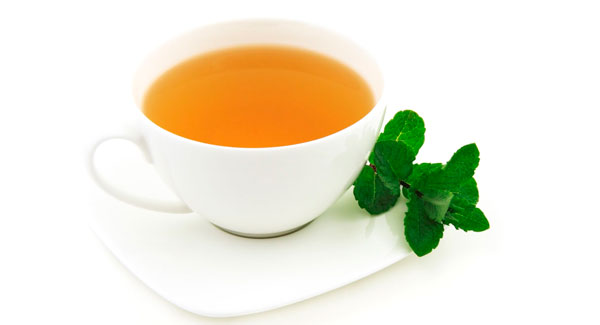



 Wellness Mama 5 Step Lifestyle Detox
Wellness Mama 5 Step Lifestyle Detox